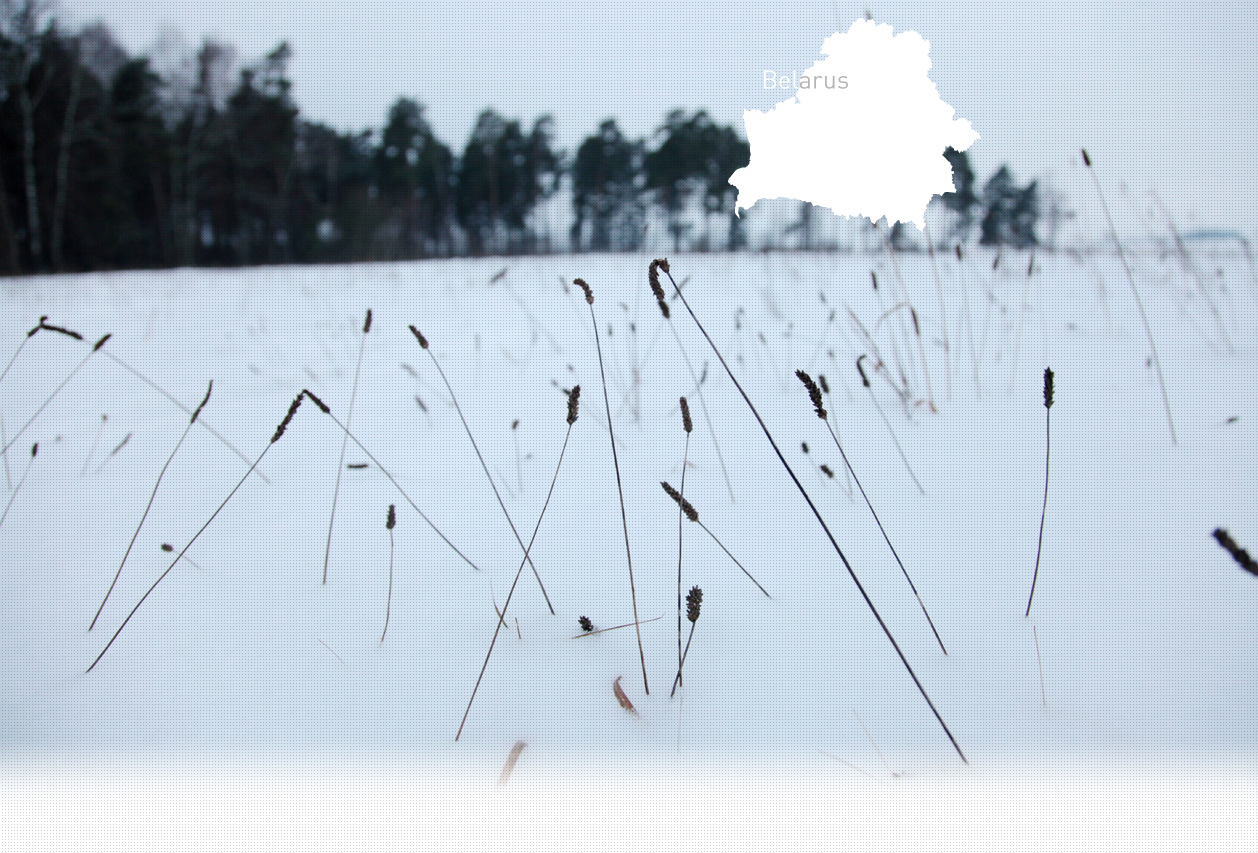

1 Killing site(s)
Nina G., born in 1926: “Russians, Poles and Jews lived in Ilya before the war, and each community had its own church. My mother worked for Jews, Poles, the priest and others, anyone who was able to pay her for work. She prepared food, washed the clothes, milked cows. I went with her to clean the synagogue every week, after prayers. It was a wooden building. I only saw men there.
There was a rabbi, an elderly man in black clothes. He wore some kind of band on his head and something on his arm. [Note: Witness refers to tefillins]. Most of the Jews were merchants and owned shops, while the Russians were the work force. Jews travelled to Vilnius to bring herring and other goods. Solomyanski owned a mill. The shop-owner, Shneyer, had two daughters who went to school with me. One of them was called Lida. I also remember an old Jewish woman, Raska.” (Witness n°917, interviewed in Ilya on July 29, 2017)
“On March 16, 1942, the Gestapo detachment arrived in Ilya in the evening. The next morning, the local police, the Gestapo and the German gendarmerie began to gather the entire Jewish population of the city at the main square, surrounded by local police. By around 4pm, all the Jews had been gathered there. There were more than 700 people, men, women, children of all ages and elderly people. Then, from the square the Jews were transported to an unfinished house located near an unfinished vegetable warehouse. This warehouse was actually a huge barn with a pit dug inside. The house was guarded, but you could hear the victims’ screams, even in the neighboring villages. From the house the Jews were taken in groups of two or three to this vegetable warehouse where they had to completely undress. They were then placed, naked, in front of the pit and shot with rifles and machine guns. Once the pit was filled in, in the evening, the occupants sprinkled the bodies with gasoline and threw in two grenades. The wounded Jews were screaming. Then the Germans searched the Jewish homes and found more than people hiding, who were shot on the spot. Their bodies were transported to the mass grave and thrown into the flames. ” [The deposition of witness Yosif Z., given to the State extraordinary commission (ChGK) on March 19, 1945; RG 22.002M: 7021-83-6]
“520 people were shot in Ilya on March 17, 1942” [Summary of a report, B162-1296]
Ilya is located 66 km north-west of Minsk. The first written records of the local Jewish community date back to the end of the 15th century. Back then the Jews were engaged in timber, flax and grain exportation. In the 16-18th centuries Ilya was under the control of the Polish–Lithuanian Commonwealth, and in 1793 it became a part of the Russian Empire. According to the 1897 census, 829 Jews lived in Ilya comprising more than half of the total population. On October 2, 1915, the Cossacks carried out a pogrom in the village. As a result, almost all Jewish houses and shops were burned down, and several Jews were killed. From 1920-1939, the village was under Polish rule. At that time a Jewish glass factory, a sawmill, a Hebrew school and a library all operated in the village. In 1921, the Jewish population numbered 586 people, comprising around 40% of the total population. In 1939, Ilya became a part of the USSR after the signing of the Molotov-Ribbentrop pact. According to local villagers interviewed by the Yahad team, there was a wooden synagogue. The whole center of the town was inhabited by Jews, and there was a shop in each Jewish house. The village was occupied by German troops at the end of June, 1941.
Shortly after the Germans’ arrival, several young men, including two Jewish men, were shot after being accused of being communists. Shortly after this, all the Jews were marked with yellow distinguishing badges on their shoulders. In late September - early October 1941, the street inhabited by the Jews was transformed into a ghetto. Jewish men were required to carr out heavy labor. On March 14, 1942, partisans attacked the Khotenchitsy estate. As a result, on March 17, 1942, a detachment of the German security police arrived in the village from Vileika. Assisted by local policemen and the German gendarmerie, they rounded up all the Jews at the market place. After the selection, about 750 Jews, mostly women, children and elderly people were taken to a large barn located on Sovietskaya Street, outside the village. There, the victims were ordered to undress down to their underwear and lined up on the edge of the pit, that had been dug inside the barn and used to store ice. After the shooting, the barn was set on fire. Some Jews were consequently burned alive inside. There were also some isolated shootings in the houses and on the streets, notably of individuals who had hidden during the round-up. Following this execution, about 100 Jews, including ‘specialists’ and their families who had been spared, alongside those who managed to hide, were relocated to a smaller ghetto. Those who weren’t displaced to the Vileyka ghetto were murdered in a similar execution at the site place on June 7, 1942.
For more information about the shootings in Vileyka please refer to the corresponding profile
Do you have additional information regarding a village that you would like to share with Yahad ?
Please contact us at contact@yahadinunum.org
or by calling Yahad – In Unum at +33 (0) 1 53 20 13 17